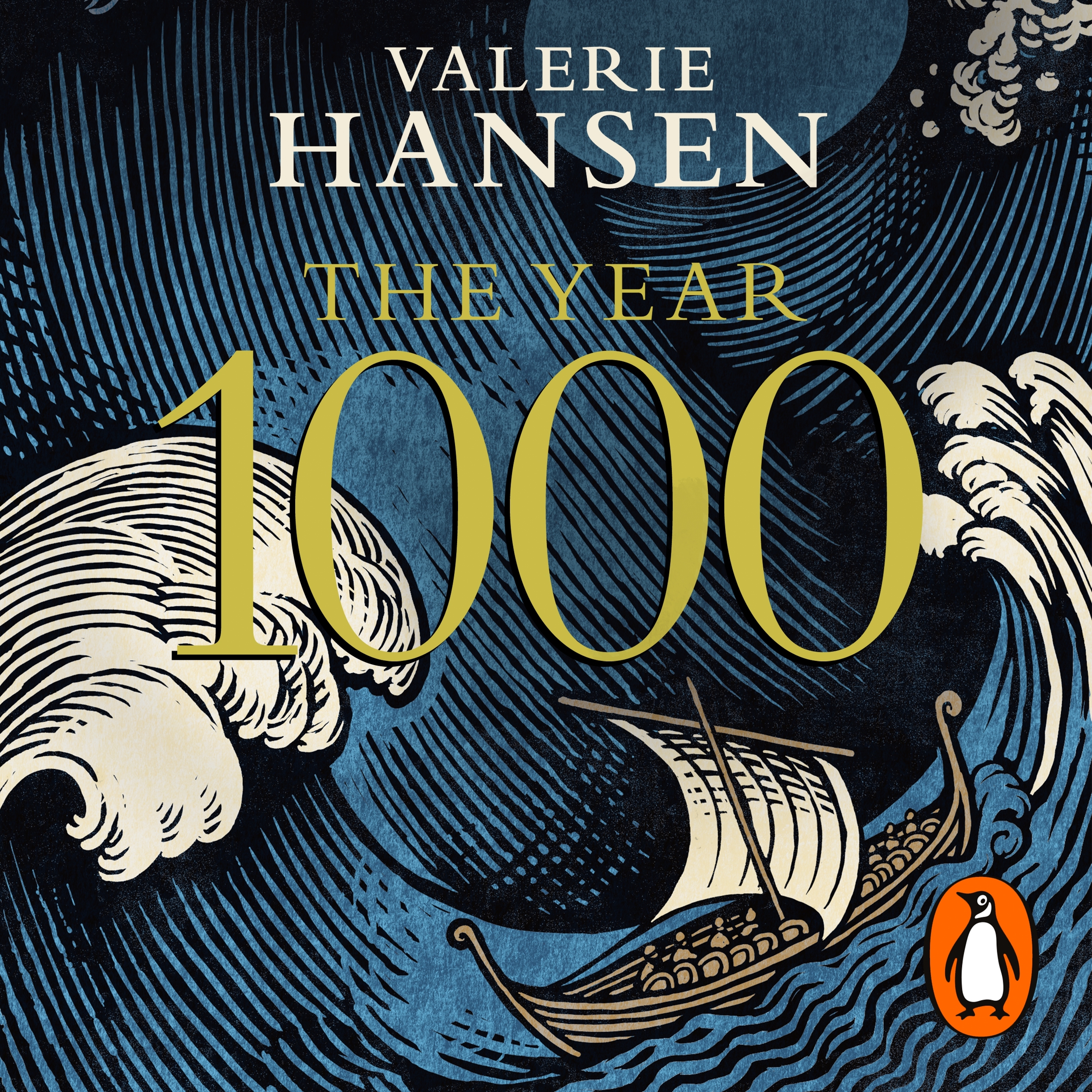


Time and time again, Hansen shows, leaders converted their peoples to the religion of a more powerful neighbor in the hopes of gaining commercial and political advantages. Playing a strikingly central role in the early years of globalization was religion. She has examined contemporary records, travelogues, art, artifacts and more, and consulted with archaeologists, Arabic scholars and other experts around the world to paint the fullest cross-cultural picture possible. The Stanley Woodward professor of history at Yale University, where she teaches Chinese and world history, Hansen draws upon nearly 30 years of research to make her case. In those years, a citizen living in Quanzhou, China, could buy sandalwood tables from Java, ivory ornaments from Africa and amber vials from the Baltic region attend Hindu, Muslim or Buddhist religious services and, if well educated, read a Japanese novel or the latest writings of Islamic scholars. One of the book’s surprises is its demonstration of how much life in the early 1000s resembled that in the 21st century. But, as Hansen shows, the Europeans were only using existing trade routes, and by the time they ventured forth, globalization, with all its pluses and minuses - cultural exchange and conflict, winners and losers, the growth of technology and the loss of tradition - was already well underway. Today, we in the West tend to believe that it wasn’t until the late 1400s and 1500s, when Europeans sailed to the Americas and around the Cape of Good Hope, that the world became interconnected, and that it wasn’t until the 20th century that globalization developed. Globalization, Valerie Hansen argues in her fascinating new book, “The Year 1000,” had begun. And then, in the most significant journey of the era, the Vikings sailed to Canada, connecting these trade routes and creating a round-the-world loop. The Maya of the Yucatán Peninsula were traveling as far north as the Mississippi River Valley and as far south as Colombia. Slaves were being marched from Central Asia, Eastern Europe and Africa to Constantinople, Baghdad and Cairo. Traders and pilgrims were sailing across the Indian Ocean, to and from East Africa, Arabia, India and China.

In the year 1000, the world was on the move. THE YEAR 1000 When Explorers Connected the World - and Globalization Began By Valerie Hansen


 0 kommentar(er)
0 kommentar(er)
